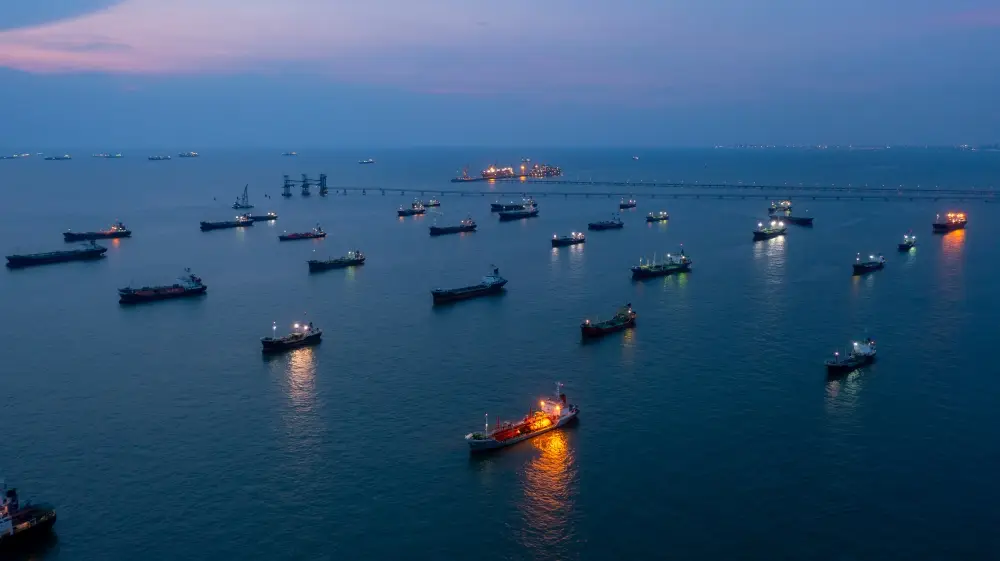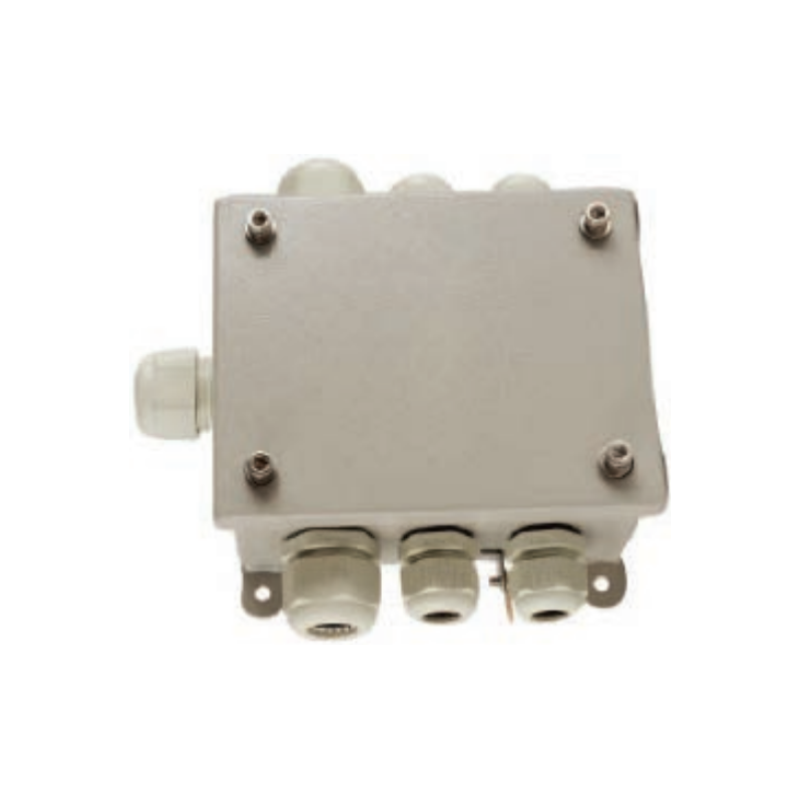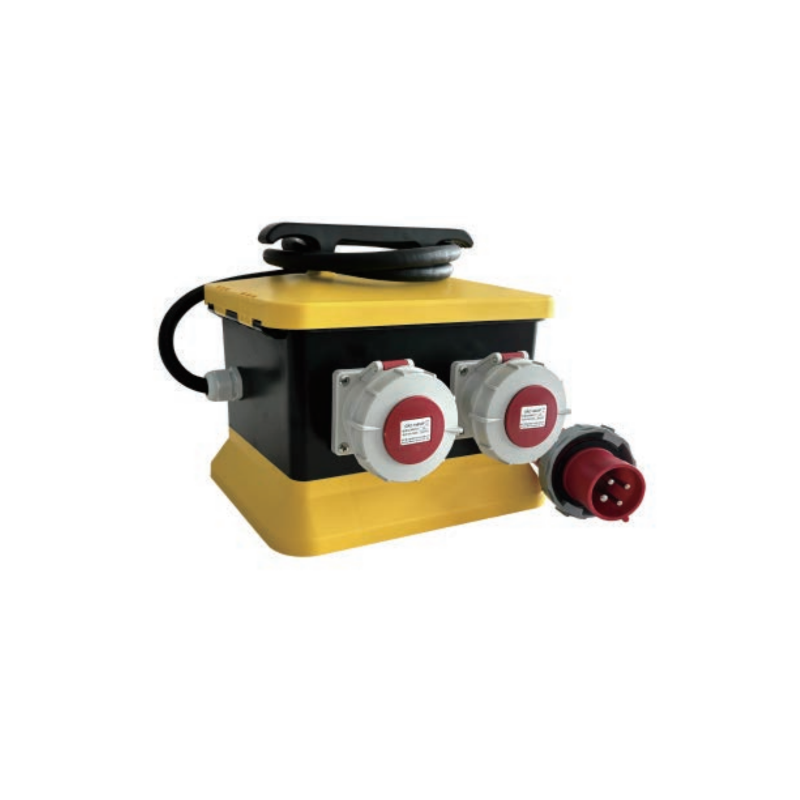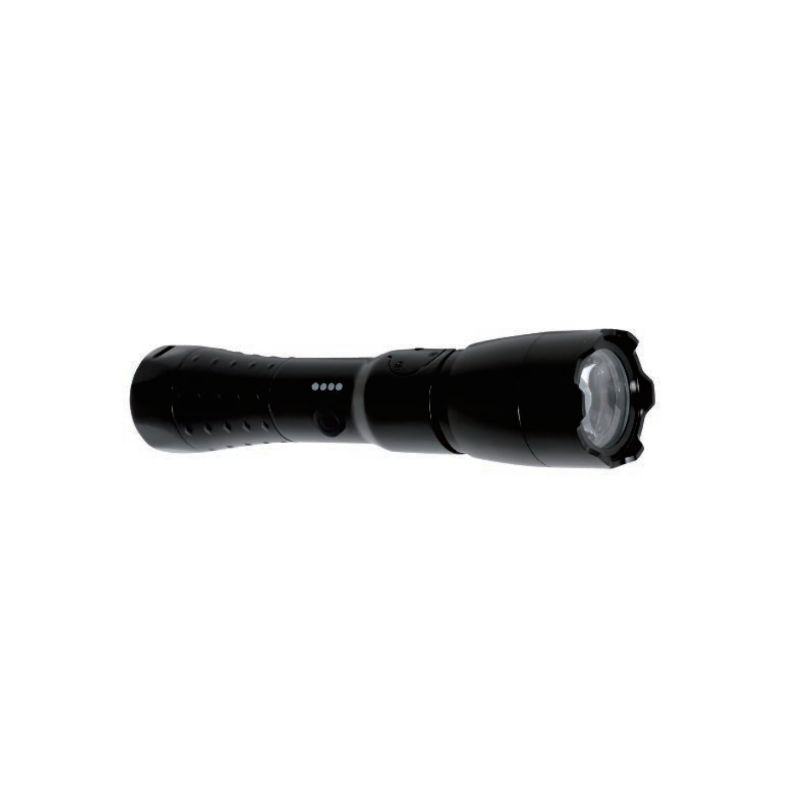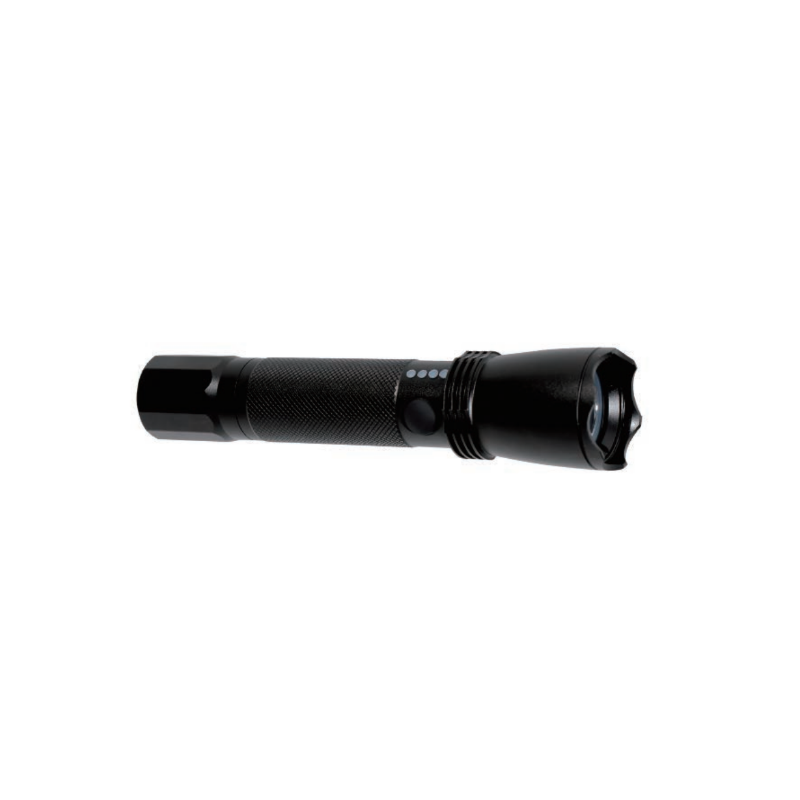Navigation Lights for Nighttime or Restricted Visibility (Sunset to Sunrise or Poor Visibility Conditions)
When navigating at night or in restricted visibility (e.g., fog, rain, snow), boats must display the following navigation lights:

1. Masthead Lights
Masthead lights are white navigation lights mounted on the boat’s mast. They are crucial for visibility and are required under the International Regulations for Preventing Collisions at Sea (COLREGs).
Quantity:
Boats ≥ 50 meters: Two masthead lights (one forward and one aft, with the forward light positioned lower).
Boats < 50 meters: One masthead light.
Visibility:
The light must be visible over a 225° arc — 112.5° to port and 112.5° to starboard from the boat’s forward direction.

2. Sidelights
Sidelights are used to help other boats identify the heading of your vessel. With red indicating port and green indicating starboard, they are mounted on their respective sides.
Details:
- Port side: Red light visible over a 112.5° arc, extending from dead ahead to 22.5° abaft the port beam.
- The starboard green light is visible from dead ahead through a point 22.5° abaft the starboard beam, spanning 112.5°.
These sidelights help other vessels avoid collisions by identifying your boat’s direction.

3. Stern Lights
Stern lights are white navigation lights placed at the rear (stern) of the boat, allowing trailing or crossing vessels to spot your vessel’s position.
This light illuminates a 135° arc astern, extending from the stern itself to a point 67.5° off the centerline on both the port and starboard sides.

4. Deck Lights (Optional)
Deck lights are used for operational purposes, providing illumination on the deck for crew activities and safety, but they must not interfere with required navigation lights.
Details: Deck lights are optional and are typically low-intensity to ensure they don’t obstruct navigation lights.
Additional Lights for Special Conditions
1. Anchor Lights
When a boat is anchored, it must display an all-round white light to indicate that it is not underway.
Details:
Boats ≥ 50 meters: An additional anchor light at the stern may be required.
The anchor light must be visible from all directions (360°) to signify the vessel is anchored.
2. When Restricted in Maneuvering (e.g., docking, breakdowns)
Boats restricted in their ability to maneuver must display two vertically aligned red all-round lights, visible over 360°.
3. Passenger Boats (Carrying >12 Passengers – Some Jurisdictions)
Passenger boats may need to display an additional red all-round light, indicating their passenger status.

Day Shapes (Visual Signals for Daytime)
1. When Anchored
A black ball, with a diameter ≥ 0.6 meters, must be hoisted at the bow to signal that the boat is anchored.
2. When Restricted in Maneuvering
For boats restricted in their maneuvering ability (e.g., dredging operations, breakdowns), a specific arrangement of shapes must be displayed: Ball-Diamond-Ball (vertically arranged).
Rules for Restricted Visibility (Fog, Rain, Snow)
In conditions of restricted visibility, all navigation lights must be illuminated, just as they would be at night.
Sound Signals: Power-driven boats must sound one prolonged blast (4-6 seconds) every ≤2 minutes to warn other vessels.
Simplified Rules for Small Boats (<12 meters in length)
For small boats under 12 meters in length, the requirements are simplified:
When underway: Vessels show a combined red/green sidelight and a white stern light.
When anchored: Vessels show only a single white all-round light.

